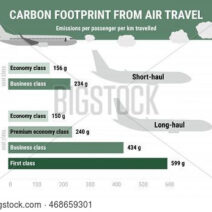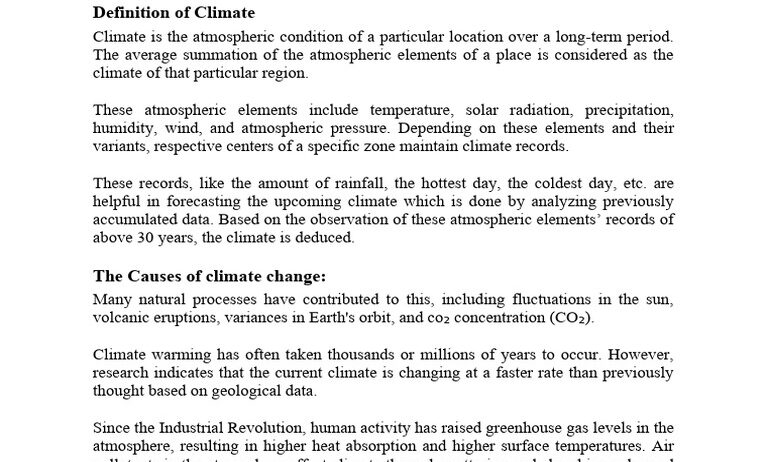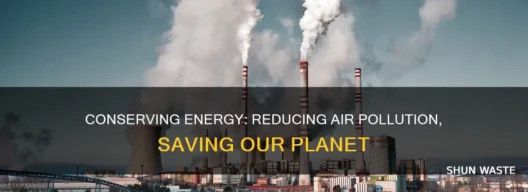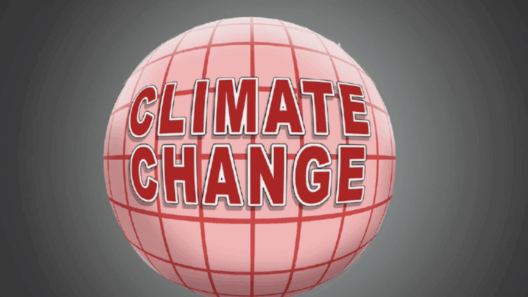Understanding the distinction between climate and weather is paramount for anyone keen on approaching environmental issues with clarity and depth. While they may seem synonymous at first glance, delving deeper reveals a profound divergence that influences our lives, policies, and the very nature of our planet.
Weather: The Temporal Tapestry
Weather refers to the atmospheric conditions at a specific place and time. This includes parameters like temperature, humidity, precipitation, wind speed, and atmospheric pressure. These elements can change rapidly, fluctuating from minute to minute. Imagine stepping outside and experiencing a sudden downpour or a brisk breeze. These manifestations encapsulate the essence of weather.
Weather is typically observed over short time frames—minutes to days. It shapes our daily decisions: what to wear, whether to carry an umbrella, or even how to plan an outdoor event. As such, it is dynamic and sometimes capricious, a fact that can lead to unforeseen consequences, such as severe thunderstorms, blizzards, or heatwaves. Meteorologists utilize sophisticated technology and models to forecast weather, armed with an arsenal of tools such as satellites, radar systems, and balloons. This predictive science is crucial for preparing communities for potential meteorological hazards.
Climate: The Long-Term Canvas
In contrast, climate embodies the aggregation of weather patterns over extended periods—typically 30 years or more. It paints a broader picture of atmospheric conditions in a particular region, illustrating trends and averages. For instance, one might describe the climate of a region as tropical, arid, temperate, or polar based on its long-term patterns of temperature and precipitation.
The concept of climate extends beyond mere averages; it encapsulates variability and extremes as well. This long-term perspective allows scientists to discern trends and shifts that may emerge from natural cycles or anthropogenic influences, particularly in the context of climate change. Understanding climate is imperative for long-term agricultural planning, water resource management, and even urban development. However, unlike weather, climate scrutinizes the overarching narratives rather than transient incidents.
Connecting the Dots: How They Interact
While weather and climate are distinct constructs, they are inexorably linked. The climate of a region sets the stage for typical weather patterns. For instance, a desert climate inherently means the weather there is characterized by low humidity and scant precipitation. Conversely, the weather can influence short-term climate-related adjustments, such as a series of unusual heatwaves potentially signaling a shift in climate dynamics.
Moreover, the interrelationship between weather and climate is becoming even more scrutinized due to the emerging realities of climate change. This unprecedented phenomenon manifests as increasingly erratic weather patterns rooted in shifting climatic norms. For example, warmer average temperatures can lead to more extreme weather events, such as hurricanes or unseasonable droughts, forcing people to reassess traditional weather patterns.
Climate Change: A Profound Shift
Climate change—largely driven by human activities such as carbon emissions, deforestation, and industrialization—has thrown many previous notions of stability into disarray. The alteration of atmospheric conditions is causing not only a rise in temperatures but also erratic weather patterns, contributing to a vicious cycle that perpetuates environmental degradation.
Understanding the difference between climate and weather is indispensable in grasping the complexities of climate change. Misinterpretations can lead to underestimations of the severity and urgency of the challenge at hand. Individual weather events cannot be directly attributed to climate change without context, but they often serve as exemplars of broader climatic shifts.
The Importance of Education and Awareness
For environmental advocates and the general populace alike, fostering an awareness of this distinction is crucial for actionable change. Tuning into both short-term weather forecasts and long-term climate trends enables informed decisions and promotes individual responsibility toward sustainability. An understanding of climate versus weather encourages active engagement in environmental stewardship—the realization that our actions have a ripple effect that extends beyond immediate comforts.
Through education, individuals can be empowered to act and contribute positively to mitigating the adverse impacts of climate change. Whether through advocating for sustainable practices, reducing carbon footprints, or supporting policies aimed at addressing climate impacts, the understanding of these terms forms the bedrock of informed activism.
Conclusion: A Paradigm Shift
To encapsulate, the dichotomy between climate and weather is not merely academic; it is a lens through which to assess our world and its future. Recognizing that short-lived weather phenomena are components of a larger climatic system prompts a necessary shift in perspective. This understanding can fuel advocacy for more profound and sustainable solutions to combat climate change. In an era of uncertainty, knowledge becomes a formidable ally in navigating the intricate tapestry of our planet’s shifting environmental trajectory.







